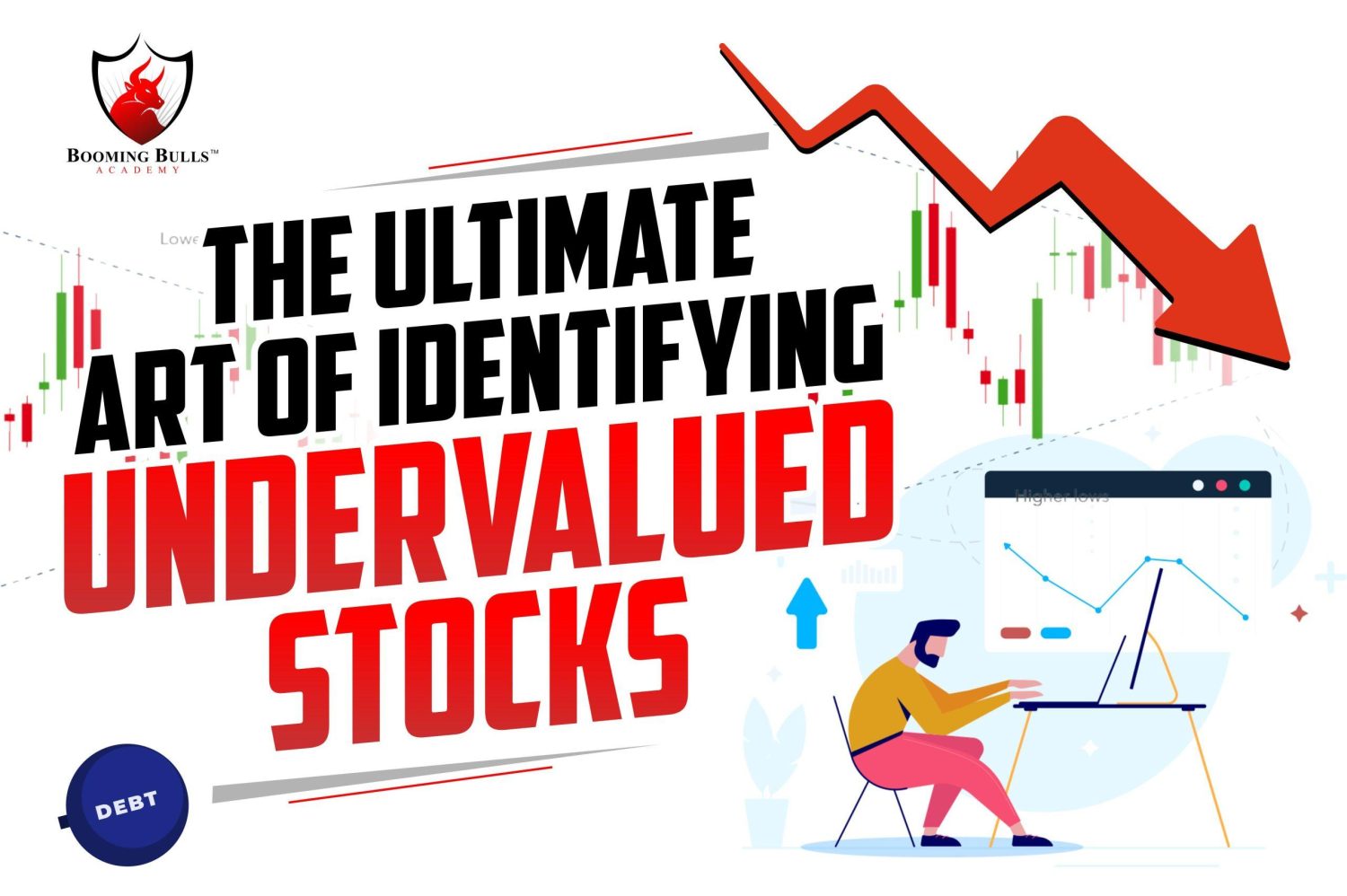In the dynamic world of investing, value investing stands out as a strategy focused on identifying undervalued stocks that are poised for significant growth. This approach hinges on the principle of intrinsic value, where investors seek assets trading at a price less than their true worth, with the expectation that the market will eventually recognize this discrepancy. This article delves into the intricacies of value investing, highlighting carefully selected stocks that currently present substantial opportunities for future gains. By examining financial fundamentals, market trends, and economic indicators, we unveil potential gems in the global marketplace that discerning investors may consider adding to their portfolios.
Table of Contents
- Understanding Value Investing: Principles and Practices
- Identifying Key Metrics for Finding Undervalued Stocks
- Sector Spotlight: Promising Industries for Value Investors
- Case Studies: Examples of Successful Value Investments
- Fair Value

Understanding Value Investing: Principles and Practices
Value investing is a strategy where investors pick stocks that appear to be trading for less than their intrinsic or book value. Investors who subscribe to this methodology are typically not concerned with short-term market fluctuations. Instead, they are interested in the potential long-term returns that these stocks may offer when the market corrects the undervaluation. Common principles of value investing include understanding the competitive advantage, determining the intrinsic value, and maintaining a margin of safety.
- Competitive Advantage: Value investors look for companies that have a sustainable competitive advantage, often described as a economic ‘moat’ that protects them from competitors.
- Intrinsic Value: This is a calculation that seeks to find the true or ‘real’ value of a company, irrespective of the market value. This can involve detailed financial analysis including analysis of financial statements, projected returns, and market conditions.
- Margin of Safety: This involves investing at a price that is significantly lower than the determined intrinsic value of the company.
Implementing these principles effectively can lead to successful value investing. For practical application, consider the following table which highlights a few stocks currently considered undervalued by these metrics.
| Stock Symbol | Intrinsic Value Estimate | Current Market Price | Margin of Safety |
|---|---|---|---|
| XYZ | $50 | $30 | 40% |
| ABC | $150 | $90 | 40% |
| LMN | $75 | $50 | 33% |
Investors considering these stocks should conduct detailed assessments to ensure that these companies align with their specific investment criteria and have potential for future gains. This evaluation should include monitoring financial news, earnings reports, and considering economic factors that could affect the broader market and the specific sectors these companies operate within.
Identifying Key Metrics for Finding Undervalued Stocks
Investors seeking to capitalize on undervalued stocks must focus on several critical metrics. These indicators not only illuminate a company’s current financial health but also provide insight into potential future performance. Understanding these metrics enables investors to make informed decisions, poised to uncover potential market gems before they become apparent to the wider market.
P/E Ratio (Price-to-Earnings): A low P/E ratio can indicate that a stock is undervalued compared to its earnings. This measure can be especially revealing when compared against the average P/E ratio of the industry in which the company operates.
P/B Ratio (Price-to-Book): This reflects how much shareholders are paying for the net assets of a company. Stocks with a P/B ratio under 1 are often considered undervalued, suggesting that the market may not be recognizing the company’s true asset value.
Debt-to-Equity Ratio: A lower ratio can suggest a company is using less debt to finance its operations, which could be a sign of financial stability and less risk for shareholders.
Furthermore, the Dividend Yield offers an additional layer of screening. A higher yield may indicate that a company is undervalued if the dividend is sustainable. However, this requires careful analysis as a high yield can also signal financial distress.
| Company | P/E Ratio | P/B Ratio | Dividend Yield |
|---|---|---|---|
| ABC Corp | 12 | 0.9 | 5% |
| XYZ Inc | 15 | 1.2 | 4% |
These indicators are instrumental in building a robust framework for evaluating potential undervalued stocks. They provide a gateway for conducting a more comprehensive financial and qualitative assessment of a company, which is crucial for successful value investing.
Sector Spotlight: Promising Industries for Value Investors
Investors seeking long-term value often focus on industries that are not only undervalued by market standards but also exhibit strong fundamentals and potential for sustained growth. Here are a couple of sectors that stand out in the current economic landscape:
- Healthcare: Despite its critical nature, the healthcare sector often experiences undervaluation in certain sub-industries. Opportunities abound in biotechnology firms specializing in generic drugs and healthcare IT companies that are capitalizing on the digital transformation in medical data processing.
- Renewable Energy: The shift towards sustainable energy solutions has made renewable energy companies particularly appealing for value investors. Manufacturers of solar panels, wind turbines, and related infrastructure often operate below market value, despite their increasing relevance in today’s eco-conscious world.
When evaluating potential investments within these sectors, it’s essential to assess factors such as company financial health, market position, regulatory environment, and the potential for scalability. Here’s a simplified table showcasing how these sectors compare on a basic financial metric:
| Sector | Price/Earnings Ratio | Market Cap |
|---|---|---|
| Healthcare (Biotech) | 22 | $120B |
| Renewable Energy (Solar) | 18 | $150B |
This comparative insight aids in visualizing the sectors’ financial appeal, helping investors make a more informed decision regarding long-term value investments.
Case Studies: Examples of Successful Value Investments
One classic example of successful value investing is the impressive turnaround of Apple Inc. (AAPL) in the late 1990s and early 2000s. During this period, Apple’s stock was significantly undervalued as the company struggled with financial difficulties. However, strategic shifts in product development, effectively spearheaded by the return of Steve Jobs, led to remarkable growth in the company’s market value. Investors who recognized the inherent value and future potential during these challenging times reaped substantial returns as the stock soared with the success of innovative products like the iPod and iPhone.
Another exemplary case involved Best Buy Co., Inc. (BBY) during the early 2010s. Best Buy was grappling with declining sales and profitability due to intense competition from online retailers and changing consumer behavior. In response, the company initiated a comprehensive turnaround plan focusing on cost-efficiency, enhancing the customer experience both in-store and online, and promoting high-margin products. These strategic decisions restored investor confidence and resulted in a significant appreciation of Best Buy’s stock price, rewarding patient value investors.
| Company | Lowest Price (Year) | Peak Price (After Investment) | Key Strategy |
|---|---|---|---|
| Apple Inc. (AAPL) | $7 (2003) | $150 (2022) | Product Innovation |
| Best Buy Co., Inc. (BBY) | $11 (2012) | $110 (2021) | Restructuring & Omnichannel Experience |
These instances highlight the potential wealth that can be created through value investing when decisions are rooted in thorough analysis and an understanding of the company’s fundamentals rather than short-term market fluctuations. They underscore the essence of value investing—purchasing stocks that are undervalued in relation to their intrinsic worth and holding them until their true value is realized in the marketplace.
Fair Value
In conclusion, the exploration of value investing in undervalued stocks presents numerous opportunities for discerning investors aiming for future gains. By adhering to fundamental analysis and a patient investment approach, investors can uncover potential gems within the market that may offer significant returns in the long term. However, it is essential to conduct thorough research and consult financial advisories when necessary, to make well-informed decisions. As always, balance and diversification should remain core aspects of one’s investment strategy to mitigate risks and enhance portfolio stability.




